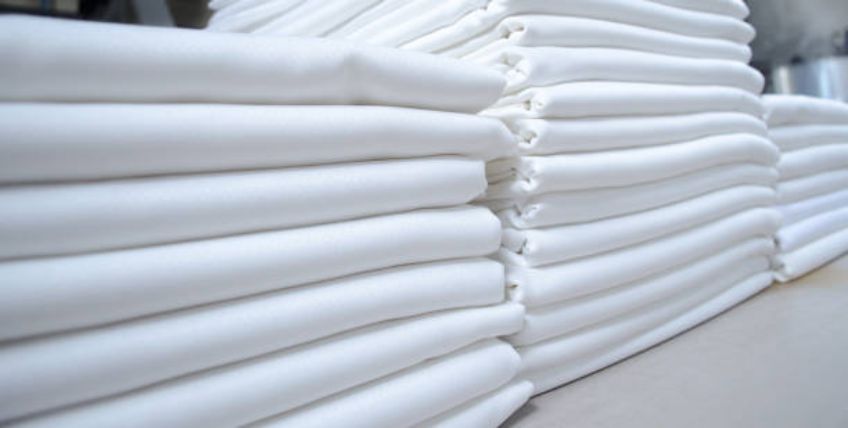Duvet covers are a common topic of conversation among our users. If you iron a beautiful cotton fabric, you’ll be glad when you see how beautiful it looks on your bed. One of the most apparent things to mention.
Ironing a large duvet cover may be challenging. However, after years of experience, we’ve found that the procedure outlined below is effective and makes the process considerably simpler.
Table of Contents
Can You Iron a Duvet Cover on the Bed?
Yes, a duvet cover can be ironed on the bed. However, ironing will go much more smoothly if the duvet is folded before you begin the process. The trick to folding is to “keep pulling it” from one corner to the next to make sure there is less slack. The goal is to fold the sheets into a “nice square” that can be ironed.

If you don’t have a lot of time to iron your bedding, you may want to try ironing it while it’s on the bed. If you decide to iron while lying in bed, make sure to use fast, fluid motions. Also, you should check to see if heat can hurt your mattress.
If you have a mattress made of latex or memory foam, you should avoid ironing your sheets on it since doing so might ruin the material. If you wash your sheets with starch, they will also stay smooth and crisp.
How do you get wrinkles out of a duvet cover?
The old ice cube trick is our favorite quick way to get creases out of bedsheets. If you already own a clothes dryer and an ice cube tray, there is no need to go out and spend a lot of money on a high-tech steamer.
If you want to get the best results, use just one set of sheets at a time in the basket.
We like this hack because it doesn’t use any extra cleaners or fabric softeners, which is good for the environment. Simply toss two or three ice cubes into the dryer along with your bedsheets.
Then, run your dryer for 15 minutes on high heat. Ice cubes will melt into steam, removing wrinkles from your bedding in no time.
Can you steam bedding when it’s on the bed?
Yes, it is possible to steam your bedding while you are still in bed. So why not? Like an ironing board, your mattress has a flat surface.
And since you’re not pressing, you don’t need a firm surface.
A few more tips on how to use this method
To use a fabric steamer when ironing your bed linens, you need to be aware of a few rules.
Do not attempt this approach with a conventional iron if you do not have a portable steamer.
Compared to cotton, typical mattresses’ surfaces are constructed of materials that are less resistant to heat.
If you use a standard steam iron, they’ll burn and even melt.
How do you iron a linen duvet cover?
There are two ways of thinking about how to iron linen. Some people like their clothes rumpled and unironed, while others prefer a more polished appearance. Some people like their bedding to look neater, so they iron it after every wash. If you want to iron linen, you should always iron it when it is still slightly damp.
If the cloth is already dry, simply spritz it with distilled water and iron it at around 445 degrees. Before using the freshly-pressed linen, let it dry completely so that it doesn’t get too wrinkled.
How to iron the duvet cover?
- After you have taken the duvet from the dryer (or hung it out to dry), fold it in half, and then fold it in half once more, until it is a ¼ of its original size.
- If you try to iron it as one piece, it will fall all over the floor if you use a normal ironing board.
- The first quarter of the duvet should be ironed before the second quarter is ironed.
- You’ve already made it half of the way! Unironed sections of the quarters may now be seen by folding back one of them and tucking it beneath.
- Now iron one quarter, flip it over and iron the other one. Work done!
Additional Tips
If you only iron a few times a year or don’t have much storage space, it might not be worth it to buy an ironing board. As long as you cover the surface with a large towel or ironing cloth, you may iron on practically any flat surface.


